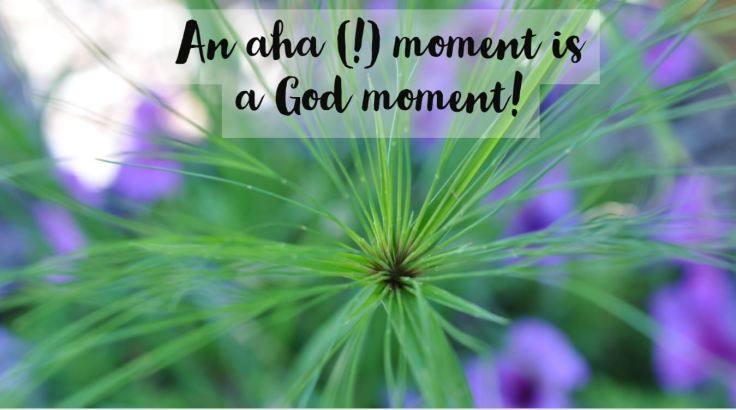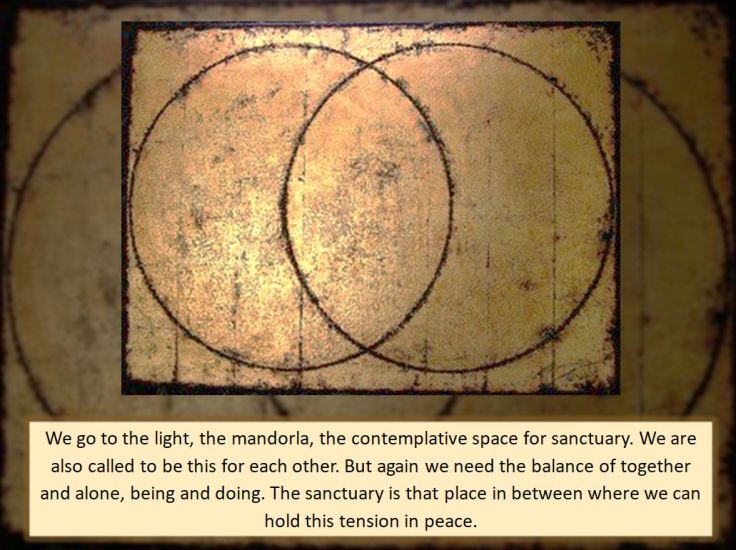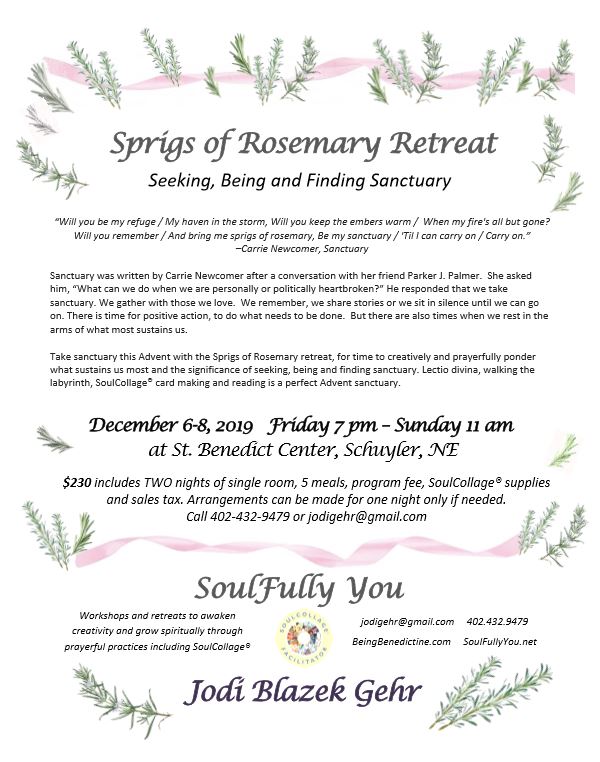There could be many titles to this blog post—
God Does Much And Asks So Little,
Aha (!) Moments are God Moments,
God is in Control,
Queen of Procrastination
 Yup, that’s me, queen of procrastination. It probably doesn’t matter what the title is, but I will likely spend as much time considering the title as writing this post. I have to get back to my studies so, of course, this is a perfect time for the cloud of procrastination to cover all reasonable attempts to get something done.
Yup, that’s me, queen of procrastination. It probably doesn’t matter what the title is, but I will likely spend as much time considering the title as writing this post. I have to get back to my studies so, of course, this is a perfect time for the cloud of procrastination to cover all reasonable attempts to get something done.
But I had an aha (!) moment and I have to capture it. Technically, it’s two aha (!) moments that converge, but anyway, here goes—a creative attempt at procrastination cloaked in inspired productivity.
The past several days I have read all four Gospels of the New Testament—Matthew, Mark, Luke, AND John. And not just the miracles or the well-known parables, but from beginning to end; every chapter, every verse. And for each of the Gospels, I’ve also read a chapter in my textbook, The New Testament by Stephen L. Harris, for a class I’m taking at Creighton University. Each chapter comments on key topics, themes, author, date and place of composition, various sources used, the intended audience and interpretations.
I don’t have the words yet for all that I’ve learned, but that’s also why I’m procrastinating. I need to find some words (very soon) to write an 1800 word paper, due in 48 hours, responding to this prompt: Explain the story of the life of Jesus as portrayed in the Gospel of John, and compare it to either Matthew or Luke and how this might relate to ministry today.
I trust the words will come, but this first. Here goes….
Surprisingly (to me) each of the four Gospels share a unique portrayal of Jesus, his life, death, resurrection, and ultimate purpose of all of the above. Ninety percent of the content in the Gospel of John is not in the other three synoptic Gospels. Who knew?
It’s hard to capture the diversity of the Gospels with just daily readings and/or what one hears on Sunday mornings. The Jesus that is portrayed in the Gospel of John parallels some of the Wisdom speeches in the Hebrew Bible.
This is where the aha (!) moment comes in. As I read through the selections from Proverbs, Ecclesiastes and the Wisdom of Solomon, I am overwhelmed by how much Wisdom, the Spirit of God, does for me:

Wisdom searches the streets for those willing to receive her. ~ Wisdom lifts her voice, cries out, stands at the crossroads, calls, appeals, speaks clearly, bestows, shows the way, fashions, plays, delights, covers, decrees, remains, takes root among the people, loves what is good and guides. ~ Wisdom has ability, understanding, power. ~ Wisdom makes all things new, enters into holy souls and labors at our side. ~ Wisdom is intelligent, holy, unique, made up of many parts, subtle, free-moving, lucid, spotless, clear, invulnerable, kindly towards men, all-powerful, all-surveying. ~ Wisdom is the brightness that streams from everlasting light, the flawless mirror of the active power of God and the image of his goodness. ~ Wisdom permeates all intelligent, pure and delicate spirits.
And this is what Wisdom desires from me:
Listen! Love me. Search me. Keep my ways. Come to me. Eat your fill of my fruit. Feed on me. Drink from me.
Wow. God does so much for me. And asks so little.
While on retreat this summer, the spiritual director that I met with daily asked me to reflect on what God is responsible for or in control of versus what I am responsible for or in control of. As I reflected on each of my thoughts and actions throughout the day, I created this list:

At the end of the day, it was apparent to me that very little is in my control and that very much comes from God.
God, or Spirit, is the very breath of life. I am always and forever dependent on the gift of each moment. And I am always and forever responsible for my reaction to this great gift.
God is the creator and great mover of all. My response to this is to be authentic, prayerful, grateful, committed, attentive, and discerning. I am responsible for my actions, thoughts, and response to God and others.
I am not in control and never have been. If ever things felt “under control” or to my liking, it was just the way it happened to be, not because I had commanded it. It is a freedom to know that I don’t cause order or chaos. My role, what I am called to do, is to listen to, search for and follow God. The Spirit of God proclaims, “Those who love me I love, and those who search for me find me .” -Proverbs 8:17

God does so much and asks so little.
“Wisdom is both the means by which God creates and the channel through whom he communicates to humankind.” -The New Testament, Stephen L. Harris
Note: This post is about 800 words so I’m hopeful that I can crank this paper out in a few days.
Sneak-a-peak at Luke vs. John: An 1800ish word paper







 Creating SoulCollage® cards has been the focus of the Sprigs of Rosemary retreat sessions so far, but there are many ways to go deeper with creating, journaling, praying with or reading your cards. In the ancient prayerful practice of Lectio or Visio Divina, Latin for “divine seeing”, we allow words and images to speak into our hearts. This prayer, recommended by
Creating SoulCollage® cards has been the focus of the Sprigs of Rosemary retreat sessions so far, but there are many ways to go deeper with creating, journaling, praying with or reading your cards. In the ancient prayerful practice of Lectio or Visio Divina, Latin for “divine seeing”, we allow words and images to speak into our hearts. This prayer, recommended by 























 Yup, that’s me, queen of procrastination. It probably doesn’t matter what the title is, but I will likely spend as much time considering the title as writing this post. I have to get back to my studies so, of course, this is a perfect time for the cloud of procrastination to cover all reasonable attempts to get something done.
Yup, that’s me, queen of procrastination. It probably doesn’t matter what the title is, but I will likely spend as much time considering the title as writing this post. I have to get back to my studies so, of course, this is a perfect time for the cloud of procrastination to cover all reasonable attempts to get something done.





























































































































